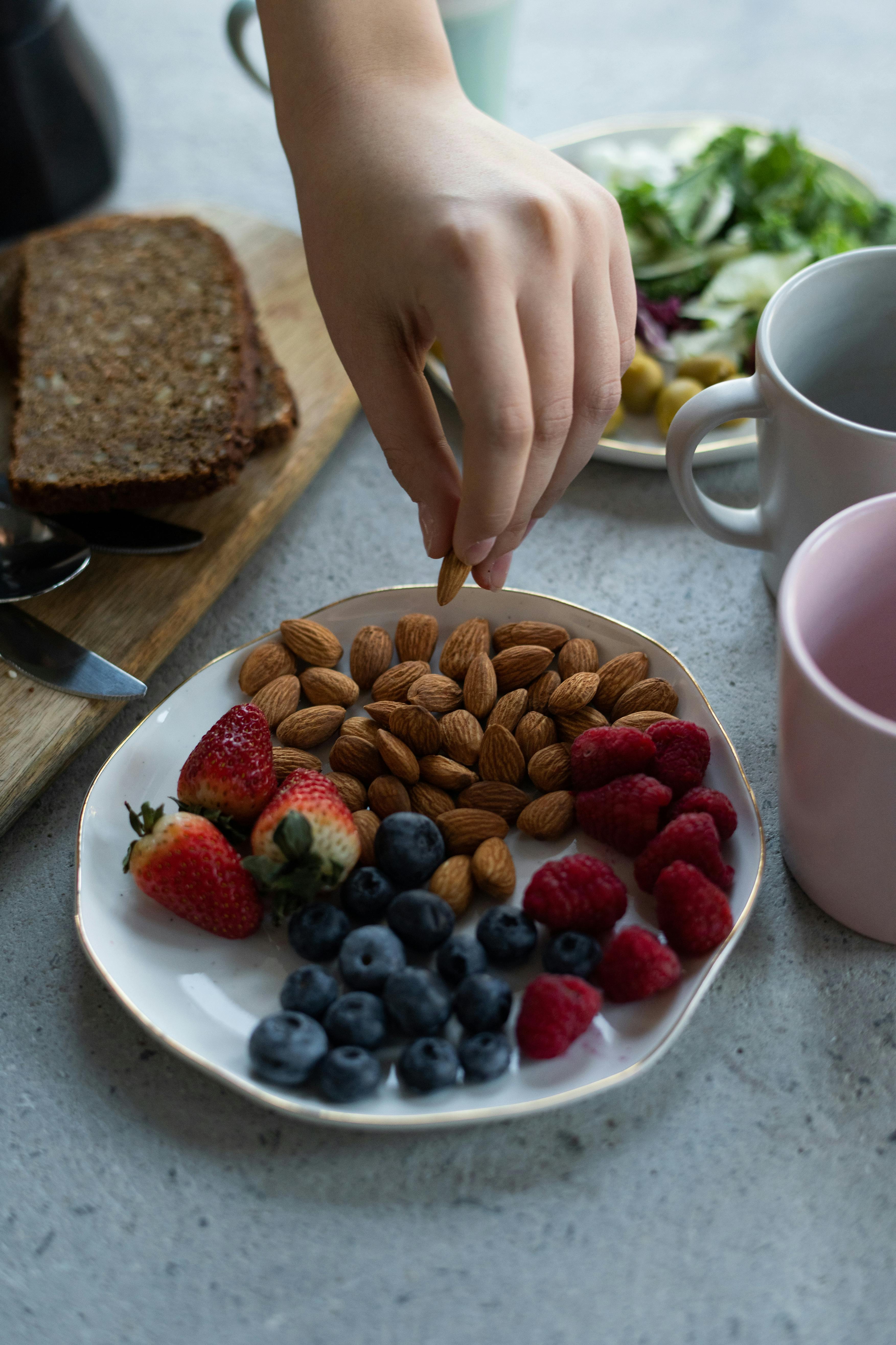Effective Ways to Properly Separate Laundry for Optimal Washing in 2025
In today's fast-paced world, learning how to separate laundry effectively is crucial for maintaining your garments' colors and quality. Following the right laundry sorting tips can save you from laundry disasters and prolong the lifespan of your clothes. In this article, we'll explore various techniques, from whites vs colors strategies to understanding fabric care labels, enabling you to wash laundry properly and effectively. Let's dive into the essentials of separating laundry for optimal washing results!
Understanding Laundry Sorting Techniques
Proper laundry sorting is the cornerstone of efficient laundry management. Utilizing laundry sorting tips is key to preventing color run and damage. The most fundamental approach involves separating clothes by color and fabric type. Begin with categorizing your laundry into three main groups: darks, lights, and whites. It's important to understand that even among these groups, there can be variances in fabric types, making it necessary to implement a more detailed sorting system. For instance, washing jeans separately is crucial as they can transfer color easily.
Whites vs Colors: A Detailed Approach
When it comes to washing whites properly, the objective is to maintain brightness and prevent discoloration. Always use a separate load for whites, and consider adding bleach or whitening agents if needed. On the other hand, when dealing with colors, you need to incorporate specific detergents for colors that are designed to protect the integrity of dyed fabrics. Washing with cold water is generally recommended for colored items to prevent fade and ensure longevity. Always check fabric care labels for specific recommendations regarding washing procedures.
Color-Bleeding Fabrics and Preventive Measures
Understanding color bleeding fabrics is critical in your laundry routine. Fabrics that are new or vibrant are often prone to bleeding; thus, it's advisable to test them using a small water spot test before washing. If the dye runs, avoid mixing these items with others. Additionally, consider using a color catcher in your wash, which helps absorb loose dyes and minimizes the risk of transferring color between garments. Implementing these preventive measures can avoid unwanted laundry disasters.
Separating Laundry by Fabrics
In addition to color, separating laundry by fabric type enhances washing efficacy. It’s essential to wash delicate items—such as silk or lace—separately using appropriate washing machine settings tailored for delicate fabrics. This way, you can avoid damaging more fragile items while ensuring that heavier garments receive adequate cleaning. Incorporating laundry care instructions available on garments can guide you on the right wash cycles for individual fabric types.
Practical Laundry Tips for Optimal Results
Optimal laundry practices hinge on familiarity with different laundry wash cycles and understanding the correct settings for each. Knowing the various washing machine settings and their applications is critical in achieving stellar cleaning results. Beyond machine settings, utilizing laundry basket sorting can streamline your process, making laundry day far more efficient.
Using a Laundry Color Code
Creating a laundry color code system can greatly simplify your sorting. Labeling baskets for darks, lights, whites, and delicates can make it easier to toss clothes directly into their designated baskets, reducing post-wash sorting time. By incorporating this innovative approach, you not only declutter your space but also foster effective laundry habits. It’s a practical tip that saves you both time and stress on laundry day.
Using the Right Detergents
Choosing color-safe detergents is vital for maintaining fabric quality. These detergents are formulated to reduce color fading while providing effective cleaning power. Additionally, always pay attention to the volume of detergent used; too much can create residue on clothes, while too little may not yield the best cleaning results. Experimenting with different types of laundry detergent types can help you find the perfect fit for your washing needs.
Understanding Fabric Care Symbols
One often overlooked element in proper laundry care is fabric care symbols. Understanding these symbols is crucial, as they provide information on how to care for different textiles properly. This includes instructions on washing temperatures and drying methods. By following these detailed care requirements, you can prolong the life of your clothing and keep them looking their best for years to come.
Incorporating Technology into Your Laundry Routine
As we enter an era of smart homes, leveraging technology can enhance your laundry routine significantly. New washing machines come equipped with features that allow you to preload settings for specific fabric types, ensuring optimal washing conditions. Adapting your washing temperature guide to the latest technologies can streamline your processes and maximize efficiency.
Using Washing Machine Color Settings
Modern washing machines often have color settings that automatically adjust the water temperature and cycle length based on the garments loaded. Utilizing the most appropriate washing machine color settings for different loads can significantly boost washing effectiveness while reducing energy consumption. For instance, many manufacturers now recommend cold washes for brightly colored items as a standard.
Creating a Laundry Routine
Establishing a coherent laundry routine can help manage this essential chore efficiently. Allocate specific days or times dedicated to laundry tasks, utilizing a laundry routine essentials guide to streamline the activities—including sorting, washing, drying, and ironing. Making laundry a regular part of your schedule lessens the burden and ultimately leads to better laundry habits. Don’t forget to follow guidelines for laundry color safety for each load!
Air Drying vs Machine Drying
Eagle-eyed laundry fans often recognize the benefits of air drying versus machine drying. While machines offer convenience, air drying can be more gentle on fabrics and reduces the risk of shrinking. Implementing air drying techniques relates to laundry air drying tips, ensuring that you spare delicate items from heat damage. This practice not only extends the life of your clothing but also minimizes energy costs, offering a sustainable washing approach.
Key Takeaways
- Sorting laundry into categories of whites, colors, and fabrics is crucial for preventing color bleeding.
- Using the appropriate detergents and understanding fabric care symbols drastically enhances laundry results.
- Utilizing technology such as smart washing machines can simplify sorting and washing processes.
- Establishing a regular laundry routine encourages better practices and results.
- Consider air drying delicate items to extend their lifespan and reduce environmental impact.
FAQ
1. What are the best practices for cleaning color-bleeding fabrics?
For color-bleeding fabrics, always wash them separately from other items. Use cold water and a color-safe detergent to minimize the transfer of color. Testing a small portion of the fabric for bleeding prior to washing is also advisable to prevent future disasters.
2. How should I handle delicate garments in my laundry routine?
Delicate garments should always be washed separately using a gentle cycle and cold water to avoid damage. Additionally, consider using a mesh laundry bag for added protection during the wash process.
3. What should I do if my whites become dingy over time?
To restore whites, pre-soak them in a mixture of water and oxygen bleach before washing. Regular whitening agent use during wash cycles, alongside avoiding fabric softeners, can help in maintaining brightness.
4. What are common mistakes people make when sorting laundry?
A frequent mistake is mixing laundry colors without realizing that certain fabrics may bleed. Additionally, people often neglect to factor in fabric types, failing to separate delicates from heavier clothing. Always checking care labels is crucial.
5. How can I optimize my laundry space for better sorting?
Use labeled bins or baskets for different contours of laundry—darks, whites, and delicates. This organization reduces chaos on laundry day and encourages better sorting habits, making the process more efficient.


